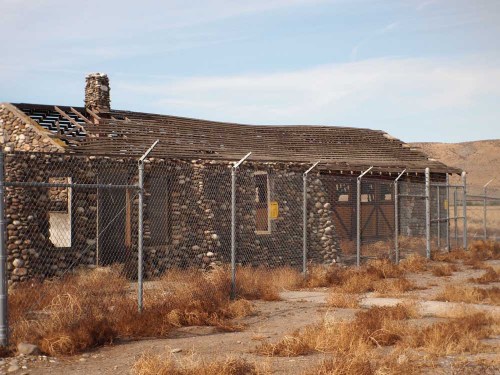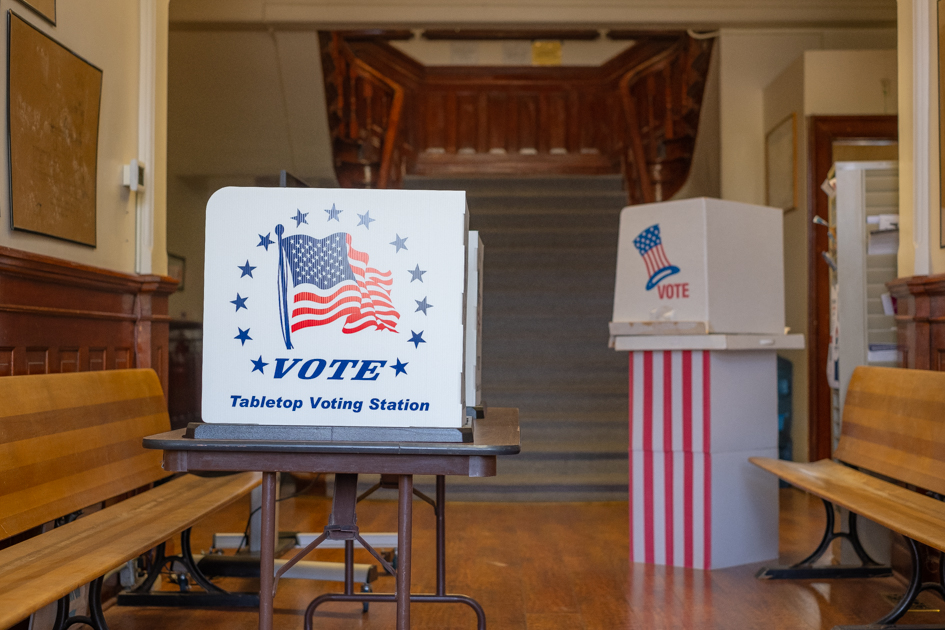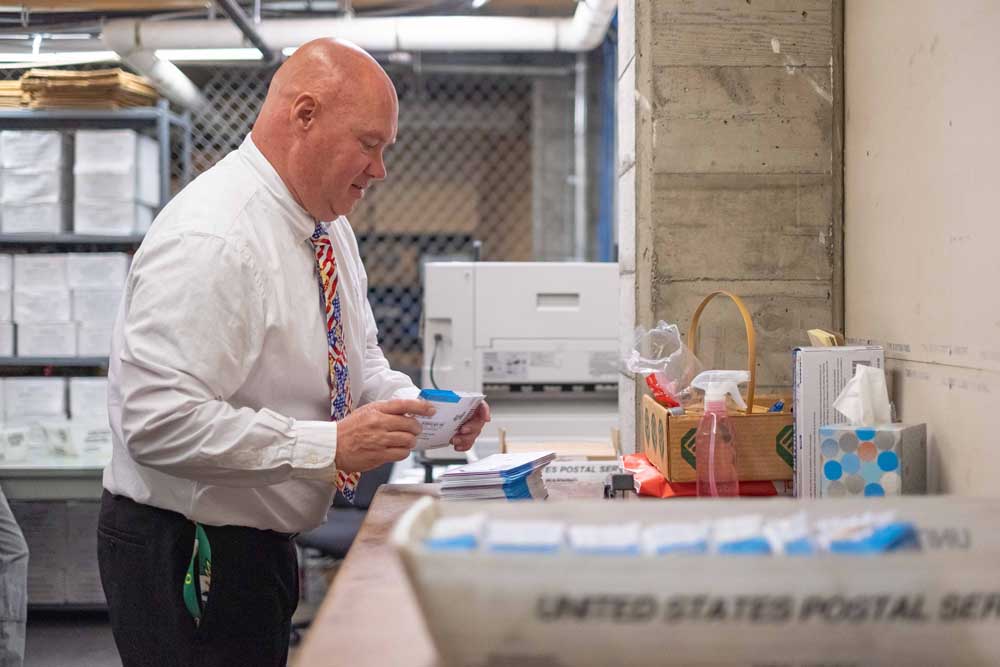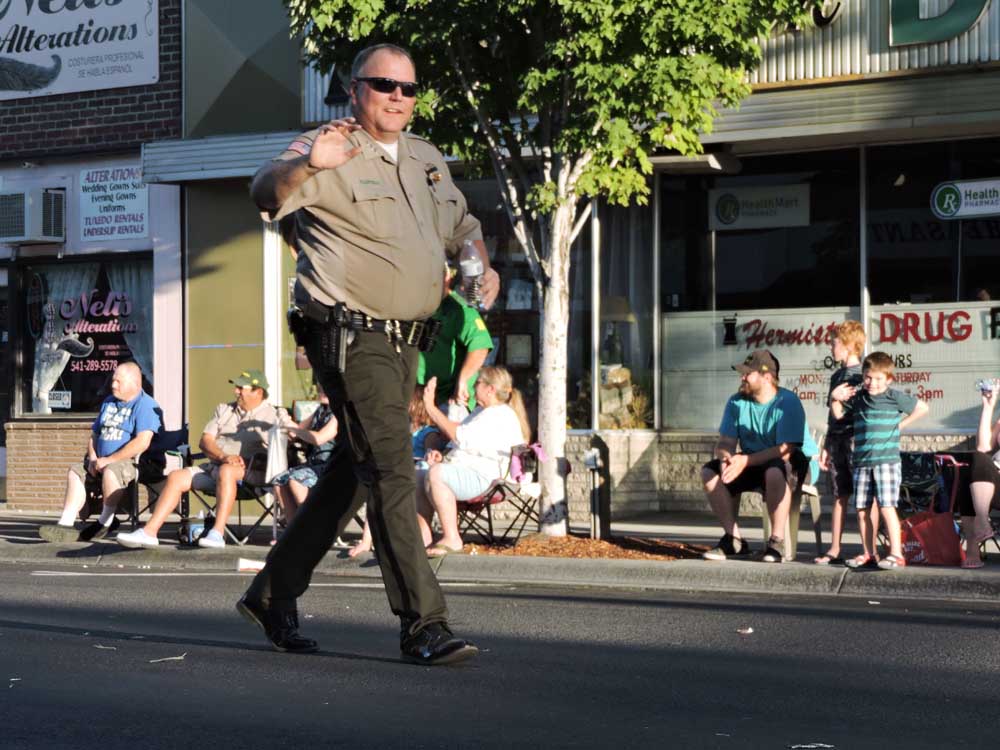Old Hanford: A real life haunted tour
Published 9:04 am Friday, October 23, 2015

- The remnants of the Bruggeman Homestead, built in 1921.
There’s nothing that ties the Halloween season together better than a spooky tour. Taking a walk through a makeshift haunted house or a corn maze filled with costumed ghouls ready to jump out at you offers some solid PG-13 entertainment.
For those that are looking for a more reality-based, yet equally chilling experience, the free public tours of the Hanford Nuclear Reservation are enough to give you goosebumps and keep you up at night — and they run from the spring through the fall, not just the month of October.
It takes a little planning to take part in one of the tours that the Department of Energy offers. I had to sign up five months in advance for the Pre-Manhattan Project History Tour. The tour I thought I was signing up for — the B Reactor Tour, where one actually tours a decommissioned nuclear reactor — becomes completely booked up within hours when the year’s tours are announced in the spring.
Despite mistakenly signing onto the wrong tour, seeing the remnants of the communities that were unceremoniously evacuated by the federal government to make way for the production of weapons of mass destruction was satisfying in and of itself and provided a type of real-world horror more terrifying than fiction. It highlights an era when the federal government truly had the political mandate to exercise eminent domain.
“I suppose you’ve heard all these terrible things about Hanford?” my tour guide pointedly asked me near the start of my tour. The weary, skeptical look in his eyes suggested that he assumed I was a troublemaking environmentalist or anti-nuke sympathetic that was prepared to spout criticism of Hanford’s management throughout the tour. I matter-of-factly replied that I had family who had worked on the Hanford Nuclear Reservation during the 1950s and 60s. This made me acceptable in his opinion. I didn’t tell him that I have a cadre of Downwinders — civilians exposed to deliberate releases of radioactive isotopes — in my family as well.
True to its name, the Pre-Manhattan Project History Tour shows what existed in the area before the reservation. A small handful of attendees and myself were bused through the restricted Hanford Nuclear Reservation to visit farmsteads settled in the aftermath of World War I, old pump houses, and what was left of the town of Hanford: Hanford High School, which the federal government used as its headquarters during the construction of the nuclear facilities.
Disappointingly, the history of American Indians in the area is glossed over, though the sites of interest on the reservation are of a sacred nature and best left undisturbed.
Perhaps the most chilling remnants to be seen are the fruit orchards — or what used to be. After Hanford area farmers were forcibly removed from the area, prison work crews were brought over from McNeil Island Correction Center to harvest what crops were left in the orchards. The fruit harvested was subsequently canned and used for feeding the incoming Hanford construction crews.
In order to discourage displaced farmers from returning in an attempt to salvage any crops, the prison work crews were ordered to cut down or extricate fruit trees from the ground with cables attached to heavy trucks. Remnants of fallen trees with cables still wrapped around them litter the reservation in areas where orchards once stood.
It’s truly a fascinating tour and exudes a degree of intimacy due to retired government contractors leading the tours. However, the overall vibe of the tours are destined to change very soon: one of U.S. Representative Doc Hasting’s final projects before retiring at the start of this year was to help pass a bill turning the tour sites of Hanford (in addition to sites in New Mexico and Tennessee) into the Manhattan Project National Park under joint management by the Department of Energy and the National Parks Service.
He challenged the two agencies to be ready to give tours within thirteen months — the same amount of time that it took to transform Hanford from a pastoral spread into a nuclear production facility. An announcement is expected next month from both agencies.
———
James Dean Kindle is a Pendleton musician and executive director of the Oregon East Symphony. Contact him at jdkindle@gmail.com.





